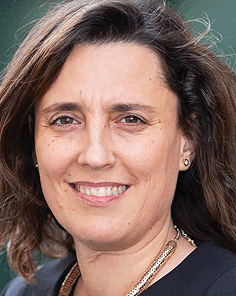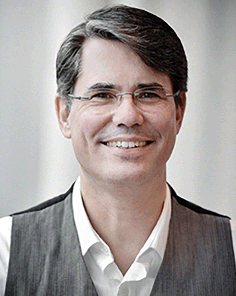Quantum Theory: The Challenge of Transition Metal Complexes
Chantal
Daniel
a,
Leticia
González
b and
Frank
Neese
c
aLaboratoire de Chimie Quantique, Université de Strasbourg-CNRS, Institut de Chimie, 4 Rue Blaise Pascal, 67000, Strasbourg, France. E-mail: c.daniel@unistra.fr
bUniversity of Vienna, Institute of Theoretical Chemistry, Faculty of Chemistry, University of Vienna, Währinger Str. 17, 1090, Vienna, Austria. E-mail: leticia.gonzalez@univie.ac.at
cMax-Planck-Institut für Kohlenforschung, Kaiser-Wilhelm-Platz 1, D-45470, Mülheim an der Ruhr, Germany. E-mail: frank.neese@kofo.mpg.de
 Chantal Daniel |
 Leticia González |
 Frank Neese |
Quantum theory and coordination chemistry is a long story, with its roots in the fascinating electronic properties of transition metals, first investigated at the atomic level and then decorated by more and more complex ligands. Pioneering theoretical developments aimed at reaching both chemical and spectroscopic accuracy by introducing electron correlation with different methods of quantum chemistry, from perturbational approaches to highly correlated wavefunction methods. A giant leap in the field was the development of relativistic Hamiltonians, crucial for handling heavy atom effects – a signature of transition metal complexes together with electronic flexibility. Within the context of coordination chemistry, two other properties of this class of molecules have been largely exploited in the past twenty years, namely the nuclear flexibility and the ability of binding with various environments. This is where computational chemistry, involving wavefunction methods, density functional theory, hybrid quantum/classical approaches and molecular dynamics blends with huge computational resources to calculate properties and processes in large and realistic systems. Further, chemical bond descriptors help to interpret, predict and discover structure–function relationships. In parallel, experimental progress in various spectroscopic techniques allows tracing and probing microscopic and ultrafast structural and electronic motions in transition metal complexes. The interpretation of these advanced experiments calls for accurate theories going beyond the Born–Oppenheimer approximation.
The attractiveness of the field addressed in this themed issue lies within its diversity in terms of molecular objects, challenging open questions, available methods and current theoretical developments. These ingredients pave the way to exceptional collaborative projects, not only among theoreticians to develop more accurate and affordable methods, but also with experimentalists to interpret optical signals or to help molecular design. We welcome each and every one of the exciting papers contained in this issue because they contribute to stimulating discussions in the quest to find fundamental answers at the frontier between hard and life sciences involving transition metal complexes.
| This journal is © the Owner Societies 2021 |
